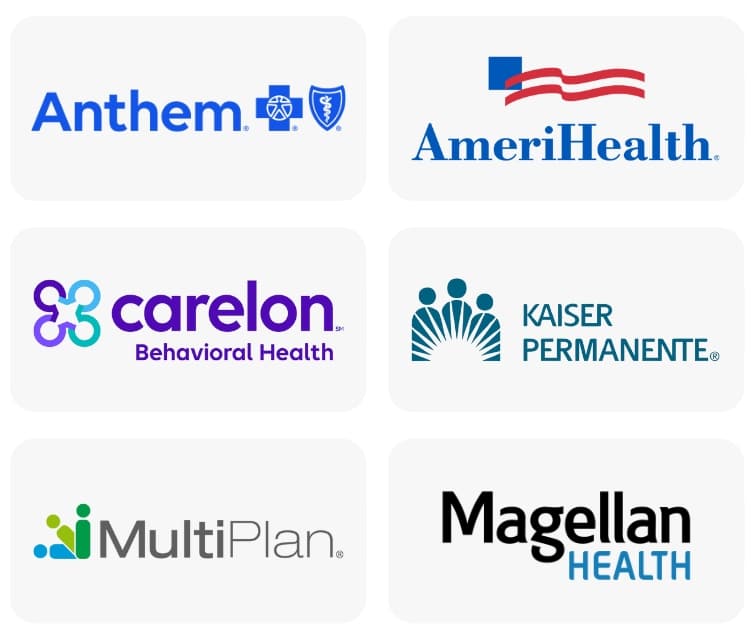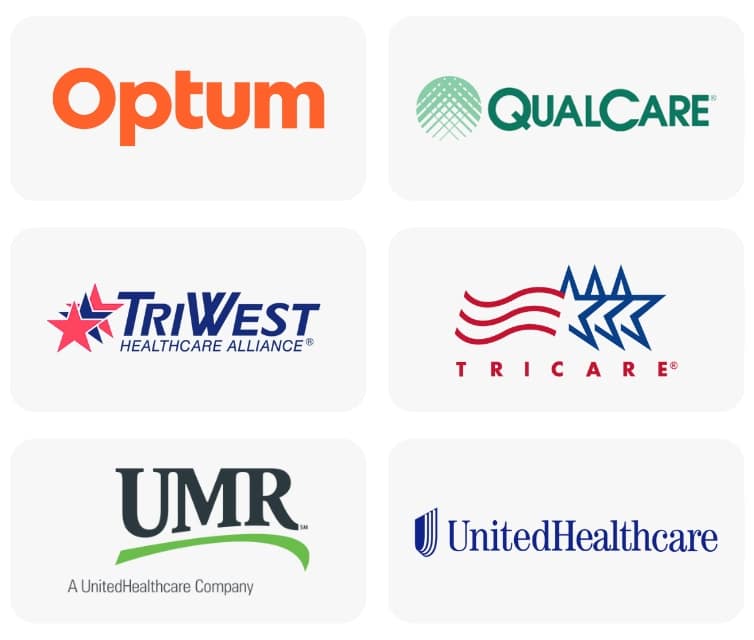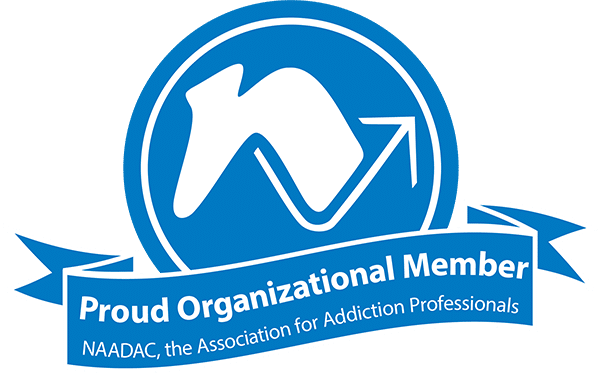Like so many substances, methamphetamine started as a legitimate medical treatment before devolving into one of the most notorious, addictive drugs we’ve seen in recent years. In the last few decades, meth’s original intentions have been redefined, garnering its current reputation infamous for its devastating effects on the people who abuse it.
Knowing if a loved one is using meth is hard to overlook since the telltale signs of meth use, physically and behaviorally, can be alarming and difficult to confront.
Keep reading to learn what to do if you suspect a family member may be using meth, what to look for, and how to help them with sensitivity and understanding.
What Is Meth?
Methamphetamine, or “meth,” is a synthetic, man-made, powerful stimulant that is highly addictive and widely abused. Meth creates an intense state of pleasure by affecting your central nervous system; specifically, it stimulates the release of the “feel-good” neurotransmitters dopamine, norepinephrine, and serotonin in the brain, making you feel incredibly energetic and alert. As dopamine is a hormone that tells the brain to keep repeating behaviors, it begins to explain why meth users keep using the drug to the point of abuse and addiction.
Meth’s origins trace back to the 19th century when a Japanese pharmacist named Nagai Nagayoshi learned that the plant ephedra, used to treat asthma, contained a chemical stimulant called ephedrine. In 1919, chemist Akira Ogata discovered how to synthesize ephedrine into its commonly recognized crystal appearance — the birth of crystal methamphetamine. Used in World War II to keep pilots and tank drivers awake, methamphetamine was considered legal in the postwar U.S. to treat ADHD, narcolepsy, and asthma and for weight control.
Today’s meth is inexpensive and simple to produce, one reason for its transformation into a recreational drug in the latter half of the 20th century.
Meth comes in a few different forms, first as a pill or powder, and “crystal” meth gets its name for the appearance of its glass-like, shiny rocks. (Colors may vary from white to yellow, brown to gray, or orange to pink.)
Crystal methamphetamine can be ingested in several ways, including crushing the rocks and smoking, snorting, injecting, or swallowing them.
How Many People Use Meth?
Though meth can be easily “cooked” in a home lab, most of the drug’s supply enters the U.S. from Mexico, produced by drug cartels and other criminal organizations for distribution, produced cheaply in bulk in their own super labs.
Meth use is widespread but is higher in some states than others. According to a 2021 report by the World Population Review, California ranked first with the most meth users at 418,000 people, followed by Texas with 197,000, and Tennessee, Florida and New York completing the top five.
In a 2021 study by the Substance Abuse and Mental Health Services Administration (SAMHSA), nearly 2.5 million people over age 12 have reported using meth within those last 12 months, with more than 16.8 million people — that’s 6% of the U.S. population — having tried meth at least once during their lifetimes, according to the National Survey on Drug Use and Health. And just five years ago, at least one in 100 adults in 16 states reported using meth within that last year.
According to a WebMD study, those who commonly use meth in risky ways often hail from lower socioeconomic backgrounds, including minimal education, low household income, less health insurance access, unstable housing, or having a criminal history.
Meth Nicknames and Street Names
Since meth is sold illegally, it’s known by several covert street names, including crank and speed. Others include beanies, brown, chalk, chicken feed, cinnamon, drink, crypto, fast, getgo, monthlies quick, Mexican crack, redneck cocaine, rock, tick tick wash, and yellow powder.
Is Meth Addictive?
Yes, meth is highly addictive. Symptoms of meth addiction can vary individually, but like any early precursor to substance abuse, the body builds a tolerance to taking the drug repeatedly, requiring one to take it more frequently, in higher doses, to match the pleasurable high that meth originally imparted.
According to the National Institute on Drug Abuse, chronic meth users may begin to develop difficulties deriving any pleasure at all except what the drug provides, exacerbating further abuse.
Crystal meth is particularly popular for its potent and immediate effects. Unfortunately, this quick onset means the high is short-lived, leading users to consume more of the drug to maintain the effects, which can quickly lead to addiction. (The quickness of the meth “rush” depends on how it is consumed — within seconds if injected or smoked, three to five minutes if snorted, and 15 to 20 minutes if swallowed.) Meth can also lead to overdose, with overdose deaths nearly tripling within the last decade.
"*" indicates required fields
Fill out the form below and one of our admissions team members will reach out to you:
"*" indicates required fields
How to Tell If Your Loved One is Using Meth
Staying vigilant and observant of the signs of meth use in someone close to you is the first step to getting them the help they need. Physical, behavioral, and mental attributes accompany several of these symptoms of meth use, so recognizing them early on can help you intervene before their addiction is compounded or worsens.
Physical Symptoms of Using Meth
Methamphetamine use can cause noticeable changes in someone’s physical appearance. Visibly, some of the most common physical symptoms of meth use include:
- Rapid weight loss: Meth suppresses and decreases one’s appetite, which can lead to extreme bouts of weight loss; in tandem with meth sores, it can create a gaunt, malnourished appearance.
- Unsettling, hyperactive body language: Amphetamines are stimulants, and because meth’s effects are so pronounced, meth addicts may display excessive energy and restlessness as well as jerky, erratic, twitchy movements, facial tics, animated/exaggerated mannerisms, and constant talking, notes WebMD.
- Dilated pupils and rapid eye movements: In addition, meth can cause one’s pupils to become enlarged and make their eyes dart back and forth rapidly.
- Slowed physical and verbal activity: According to the National Institute on Drug Abuse, because meth increases dopamine activity, neuroimaging studies show that the symptoms of meth are also associated with reduced motor speed and impaired verbal learning.
Behavioral Symptoms of Using Meth
Physical changes are not the only sign of a loved one hooked on meth. Extreme behavior is one of the chronic symptoms of meth use, but according to SAMHSA, some of these long-term, severely damaging health effects can linger even when someone stops taking meth:
- Aggression: Meth can cause sudden outbursts of anger or violent reactions, even in people who are normally calm and collected. In addition, extreme anxiety caused by meth use is also linked to panic attacks in individuals.
- Impulsive, risky behaviors: People who are using meth may use poor judgment and engage in dangerous behaviors, such as driving recklessly or having unprotected sex. (Meth misuse is linked to increased transmission of infectious diseases such as hepatitis or HIV and AIDS.)
- Neglect of responsibilities: Meth addicts may begin to neglect important day-to-day priorities like work, school, family obligations, or hygiene in favor of obtaining and using the drug. They may also go with little to no sleep for days at a time.
Mental Symptoms of Using Meth
The misuse of meth can have a profound impact on the brain, and the symptoms of meth use can extend to a person’s mental health. Some of the most common cognitive symptoms of meth use in adults include:
- Memory problems: Long-term meth use can lead to significant issues with memory, making it difficult for users to recall recent events. “Studies in chronic methamphetamine users have also revealed severe structural and functional changes in areas of the brain associated with emotion and memory, which may account for many of the emotional and cognitive problems observed in these individuals,” notes the National Institute on Drug Abuse.
- Severe mood swings: Meth use can cause extreme mood swings, ranging from euphoria to deep depression or irritability.
What are the Long-Term Risks of Using Meth?
Even when it does not lead to full-blown addiction, using meth can have devastating long-term impacts and consequences for both one’s body and mind — perhaps irreparably. Chronic meth use, over time, has been shown to lead to severe health issues that can be difficult, if not impossible, to reverse.
Methamphetamine Psychosis
Prolonged meth use can lead to drug-induced psychosis, where users experience a series of troubling, delusional symptoms. One such behavior brought on by meth abuse, users may often experience intense paranoia, suspiciously believing that they are being watched or followed. Meth users may also hallucinate and see, hear, or feel things that aren’t there.
These symptoms may continue to persist even after someone stops using meth, making it that much more difficult for them to return to a normal functioning psychological state without professional help.
Meth Skin Sores
Meth and sores go hand in hand as a visual marker of meth abuse especially prominent facial sores from meth. The widespread Faces of Meth drug prevention campaign illustrated the stark meth facial sores brought on by drug abuse. Many meth users develop open wounds or meth sores because of obsessively picking at one’s hair or skin since the drug can create an itchy feeling of bugs crawling under their skin. These meth skin sores can become infected easily if left untreated, leading to scarring.
Meth Mouth
Called “meth mouth” or “crank decay,” tooth rotting and loss are other signs of meth abuse. According to the American Dental Association (ADA), meth decreases salivary flow, which can prompt tooth decay. Meth users may also display poor oral hygiene habits, leading to the buildup of plaque, and consume large quantities of sugary drinks, both of which can contribute to tooth loss, notes the ADA.
Getting a Loved One Help for Meth Addiction
A loved one’s meth use can make it seem like there’s a barrier blocking you from reaching them for help. If you believe they are using meth from any of the signs and symptoms we’ve discussed in this article, express your concern for their health and well-being.
Meth addiction is complicated to overcome without support, but with the right help, the path to recovery is within reach. Treatment programs like those offered by Footprints to Recovery provide a range of services designed to help individuals break free from meth addiction.
What Is Meth Treatment Like?
Meth addiction treatment follows a comprehensive trajectory — including medical meth detox, assorted forms of therapy and aftercare.
Meth Detox and Withdrawal
Because meth poses so many detrimental effects on the body and the brain, meth detox becomes a first step in recovery that cannot be skipped. Detox involves supervising a person as they stop using a substance and providing them with medical support and care throughout the process. This may include things like managing both phases of meth withdrawal symptoms, monitoring their vital signs, providing emotional support, and administering medication to help manage symptoms or reduce cravings.
Inpatient Meth Treatment
Inpatient substance abuse treatment, aka residential rehabilitation, is designed for people with severe meth addiction or addiction relapses. When you enter inpatient treatment, you’ll live in a non-hospital, licensed residential facility that provides safe housing and a medical care environment 24/7.
Outpatient Meth Treatment
With outpatient treatment, you’ve enabled the convenience of living at home while attending treatment sessions throughout the week. It’s ideal if you’re exiting an inpatient treatment program and transitioning back into regular life, clean and sober.
At Footprints to Recovery, we offer two outpatient options. An Intensive Outpatient Program, or IOP, provides therapy and support at a treatment facility while you live at home or in a sober living residence. IOPs are typically shorter than inpatient programs. The second, outpatient rehab, also doesn’t involve checking into a recovery facility full-time. A safe, less intensive option compared to inpatient, you’ll still receive the full breadth of addiction treatment while maintaining regular commitments to family, work, or school.
Holistic Treatment for Meth Abuse
Your whole person — mind, body, and spirit — is the focus of holistic treatment for meth abuse. Holistic drug rehab offers traditional addiction treatment, such as one-on-one therapy and group therapy, hand in hand with other healing modalities like yoga, mindfulness meditation, neurofeedback, fitness and exercise, acupuncture, and Eye Movement Desensitization and Reprocessing (EMDR) therapy.
Aftercare for Meth Recovery
Preventing relapse is essential to finishing treatment, and that’s where aftercare comes in. It involves creating a plan to stay sober, from housing arrangements, emergency contacts for support, mutual support group meetings, counseling sessions, and doctors’ appointments — all key components to maintaining long-term sobriety.
Recovery Support Groups
Like Narcotics Anonymous or SMART Recovery, attending recovery support group meetings, either through inpatient or outpatient programs, are invaluable when recovering from meth addiction. Supportive environments where you can share your experiences with each other without judgment, receive encouragement, and stay accountable for your own sobriety.
If you or a family member are struggling with using meth, the time is now to seek help. Contact us today to get started.
- Timeline | The Meth Epidemic | FRONTLINE | PBS
- Methamphetamine Fast Facts
- History of Meth ‑ Crystal, Bust & Timeline | HISTORY
- CBP Officers Seize $5 Million Worth Of Meth – Newsweek
- 2021 NSDUH Annual National Report | CBHSQ Data
- Methamphetamine Research Report: Overview | NIDA
- Methamphetamine | American Dental Association
- Methamphetamine Use, Overdose Deaths, and Arrests Soared From 2015 to 2019 | The Pew Charitable Trusts








